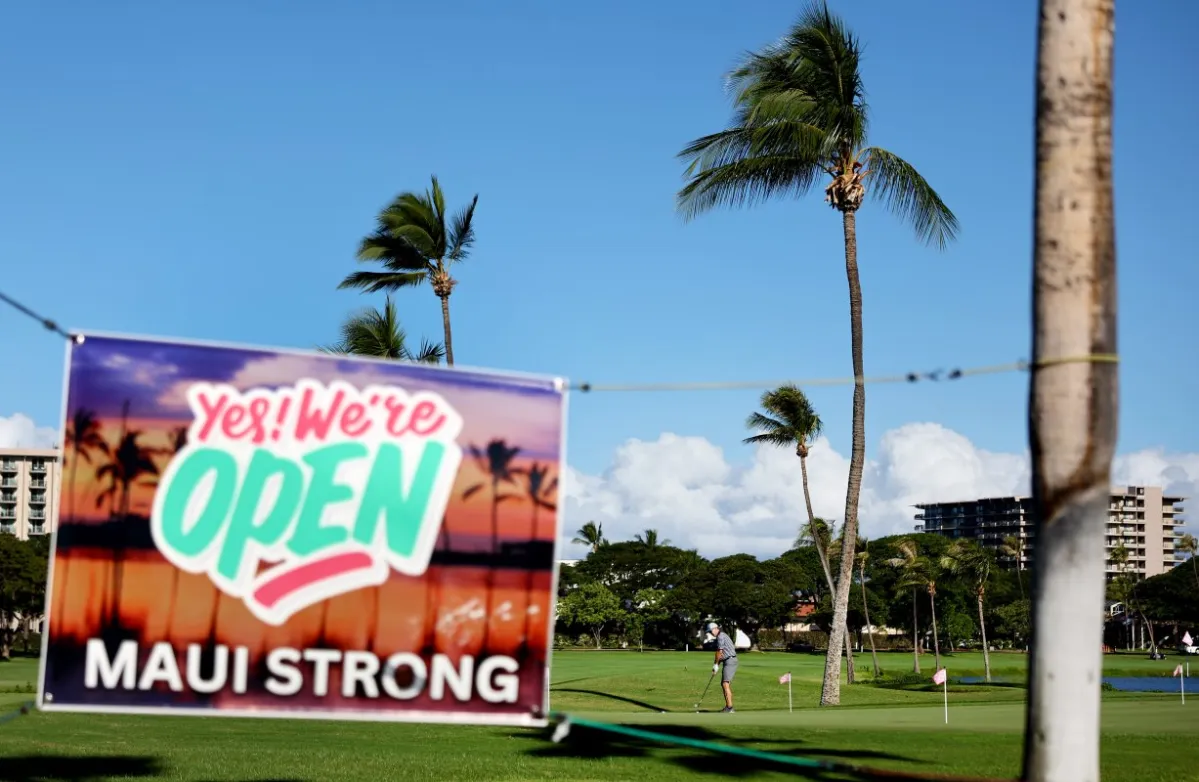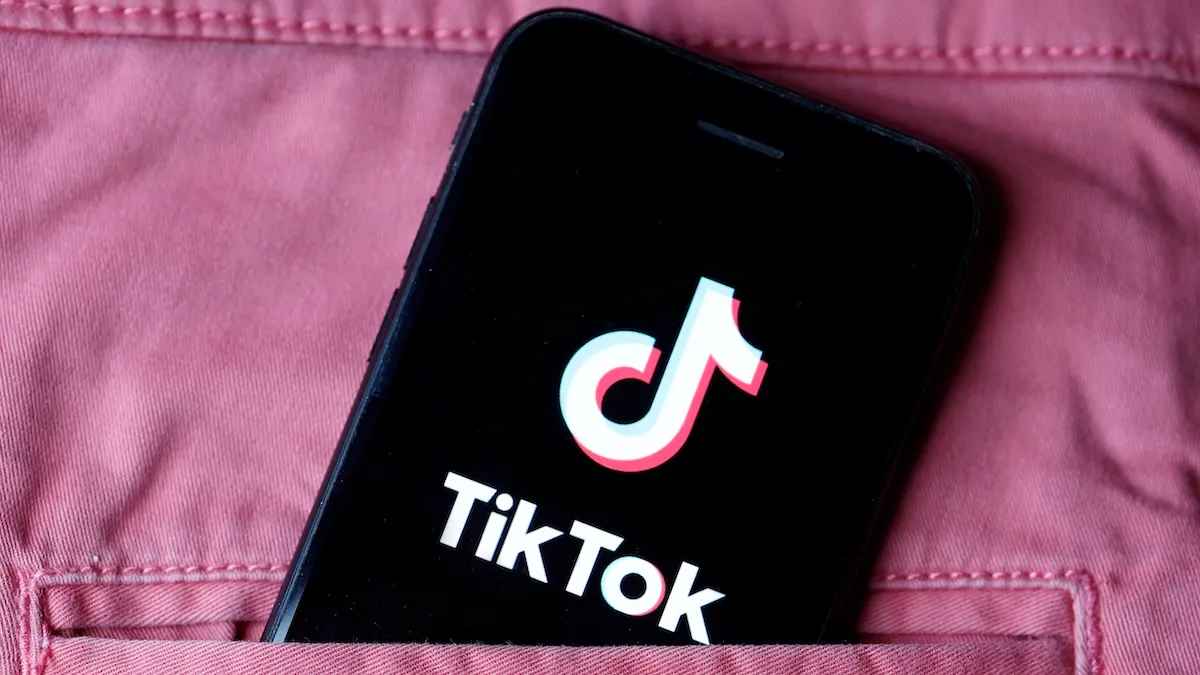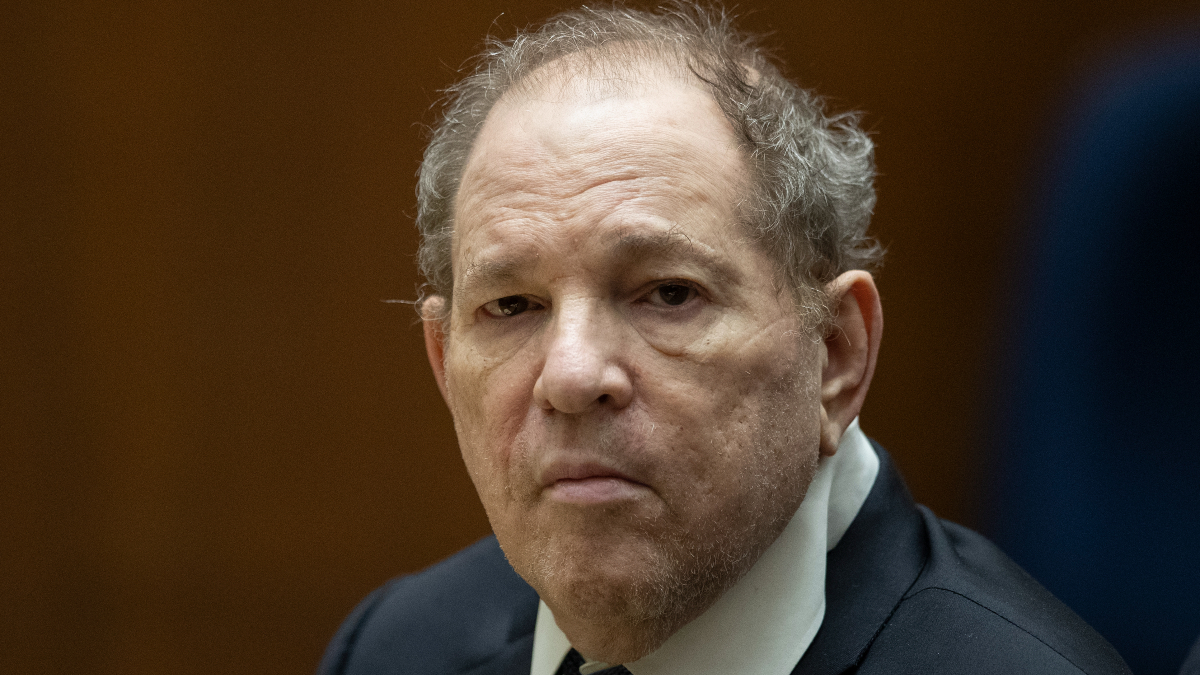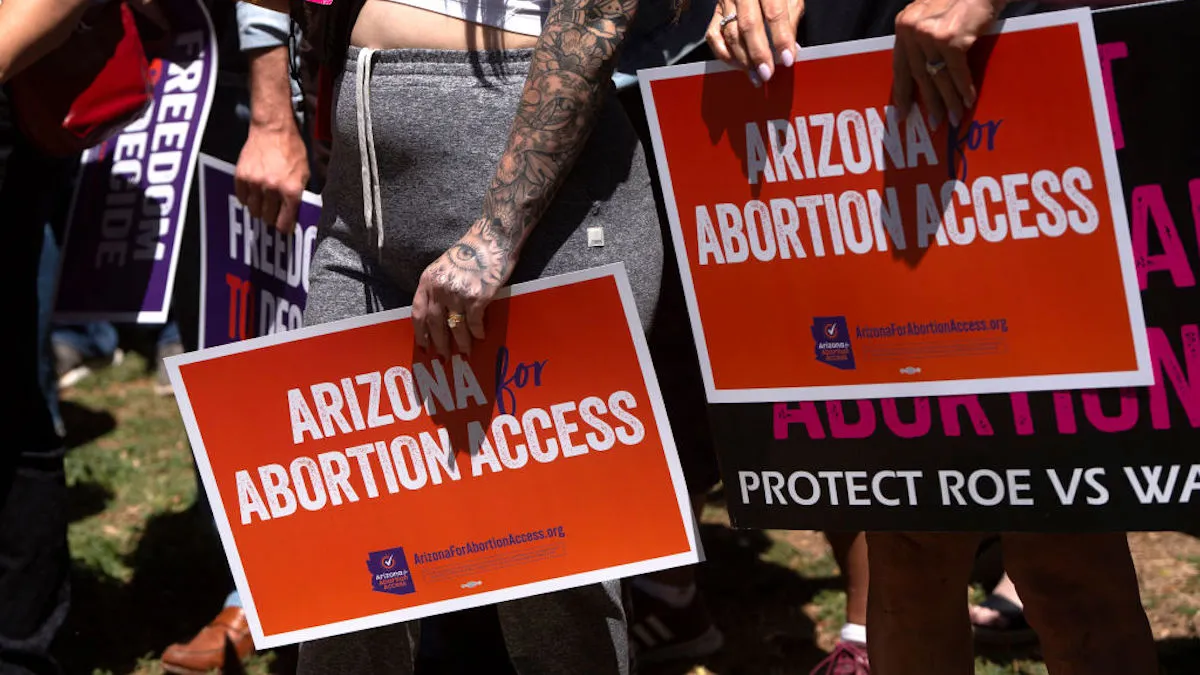Four months ago, a fire ripped through central and western Maui, killing 100+ people and displacing over 11,000 people. Despite the calls for years not to visit Hawai’i, many did so anyway—even immediately following the fire. Now, that unwanted tourism is resulting in families being removed from temporary shelter to accommodate visitors to the island.
Since the start of the recovery efforts, FEMA and the Red Cross help put residents in temporary housing by making short-term deals with owners of the remaining unscathed structures. This includes hotels, Airbnbs, and timeshares. It wasn’t perfect, as at least (roughly) 400 residents didn’t receiving housing aid because they were already homeless and/or undocumented immigrants. Still, many people got temporary relief. However, as the fires that destroyed the former capital of Hawai’i (Lahaina) extinguished, the state began to welcome tourists.
The governor and others defended this as a necessary measure to secure funding for relief efforts. This includes the rebuilding of all the public infrastructure destroyed by the fire, like the schools. However, that immediately worsened issues as hotels and other rentals sought to remove the thousands of newly houseless residents. As of December, over 6,000 Hawai’ians are forced to rely on temporary FEMA or Red Cross housing. Most will be homeless again over the next few weeks if nothing changes.
Haoles and the Hawai’i shuffle
Increasing tourism has exacerbated the issues with the temporary housing from the beginning—things like people being shuffled between rooms multiple times over a few weeks. One family of four profiled by The Guardian moved seven times over three months and sometimes didn’t have a kitchen. Many talking to reporters say they don’t fully unpack due to this instability.
These anxieties, along with the mass trauma experienced, have rippled into other social issues. Children are struggling in school, suicide rates are showing signs of rising, and calls to the county domestic violence hotline have more than doubled.
Initially, the hotels and vacation rentals signed temporary agreements to house people for three to six months. At first, this was a win-win. With relief aid footing the bill, these agreements housed people quickly. However, as tourism picked up, these places began pushing out the newly homeless population. These businesses make more money from visitors who will also spend money on amenities and services beyond the room. Vacation rental owners are pushing people out so fiercely the Hawai’i Governor Josh Green is threatening to temporarily ban this service or hike up their tax rate.
And I will just say this: You don’t have housing in Hawaii. The short-term market is occupying tens of thousands of houses that we need to put into the workforce. Working families like nurses and teachers, firefighters that live and work and help us through these crises. And so things have to change.
Governor Green
In addition to people who lost their home, long-term renters left unscathed (unless their workplace also burned down) are also starting to feel the pressure. Their landlords aren’t renewing leases in order to make space for the currently unhoused victims of the fire and take advantage of government contracts.
To encourage people to help and on top of paying for the rent, the government offered tax breaks. These property owners would not have to pay certain accommodation and property taxes for several months to two years. Critics see this pushing long-term renters into homelessness as landlords seek to cash in on government contracts. (Plus those taxes now can’t go into community services.)
Pre-fire disaster
Because officials estimate a two-year rebuilding process, the August 2023 fire-related housing instability is here to stay. Residents feel it too, as community-hubs reported more people requesting items like tents, sleeping bags, and more.
This is a grim situation that’s really a disaster on top of another disaster. For years until the start of 2020, Hawai’i was number one in homelessness per capita as compared to other states. Now, they’re at fourth but nationwide homelessness has skyrocketed as pandemic aid ended.
Exacerbating this issues by putting a strain on resources is non-Hawai’ian homeless populations buying one-way tickets to the region marketed as paradise. Additionally, on the main island, O’ahu (home of the capital city Honolulu), nearly 100,000 residents don’t have access to clean drinking water due to the U.S. Navy poisoning residential aquifers. These rates of homelessness and lack of access to basic resources are highest among Indigenous populations like the Native Hawai’ians and other Pacifica people.
Most of the land in Hawai’i was taken in the 1890s. The children of missionaries (business men) worked with the U.S. military to overthrow the Hawai’ian Kingdom. Their story is a lot like the Native Americans across the U.S., with child separation and outlawing of customs like language. However, they didn’t even get a reservation. Within 40 years, the island became a U.S. military hub and vacation destination before eventually becoming a state.
Like Puerto Rico, government policies also took farm land away from the residents. Bought up by investors, the areas turned into hotels and private beaches. Estimates for how much food in Hawai’i is shipped from elsewhere range from 80–90%. This prices residents out of other basic necessities. These contributing factors, plus laws on benefits based on blood quantum and institutional racism, have made homelessness disproportionately high among Native Hawai’ians.
Responsibility of potential visitors
Despite living in South East Texas, my partner and I never visited New Orleans and were planning our first ever trip earlier this fall. However, during the final days to secure affordable bookings, I learned about a looming drinking water emergency due to salt water contamination. (Both contributing factors caused by human-made harms.)
That news immediately forced us to reroute, instead choosing to spend the week in Arkansas and Oklahoma. When you’re a visitor, especially to an area funded by tourism, your needs are put in front of others. I don’t tell this story to brag that we Did A Good Thing, but to remind people that you have responsibilities as a guests. This is usually only discussed in terms of visiting places abroad and learning phrases in a new language. However, this should extend to our own neighbors, too.
In addition to not visiting Hawai’i—as requested by residents and activists for years—another way to help is by direct aid. Hawai’i People’s Fund gives direct aid via grants, and the Maui Food Bank could always use help. Also, the non-profit newspaper Honolulu Civil Beat is running a fundraising campaign and made a commitment to continue detailed, important coverage of the fire’s impact.
(via @kalahuihawaii, featured image: Mario Tama/Getty Images)









